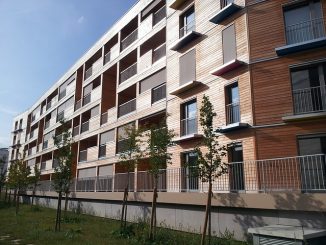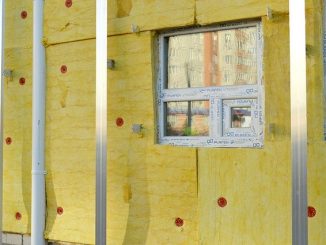
In energy efficiency or renewable energy, we have observed the recent and dramatic advances in materials and techniques of performance, compactness and environmental friendliness for insulating, performance and innovation of heating systems and ventilation, new lighting technologies, more efficient PV systems etc …
Yet, the measure of the actual performance in recent buildings do not always match with the expected results given the quality of the solutions used.
The implementation of these new techniques, supporting now high performances, must be done in strict compliance of generic rules or of rules set by the manufacturers. These rules are rarely respected.
The implementers, craftsmen and installers are not always trained (I really said, not always) in new solutions discovered by designers, architects and engineering offices. Frequently, installers working in fields as fashionable as energy efficiency or photovoltaic production are subsidies’ hunters, more interested in easy profits than in the credibility and sustainability of powerful solutions. Some governments, aware of possible abuses, have introduced labels and approvals reflecting a sensible level of competence. In this case, the hunters of easy profits may be accreditation bodies, sometimes inattentive to the real skills of audited actors.
For individuals, the difficulties begin even at the design stage of their villa. Many architects are really concerned with aesthetics (are not we proud to have a fashionable interior?) and sometimes with practical aspects of the everyday life in the housing. But few people have a relevant technical and technological approach. I have personally experienced.
I recommend to all manufacturers of solutions, whose performance depends on the installation, to create, train and manage an ecosystem of installers they will recommend to project managers.
Regulatory protections will never be sufficient to protect investors from companies attracted by the light of profits and fashionable trends. Nevertheless, thanks to their proximity, cities may be very efficient to create and promote a skilled and performing local network of installors.
This article is not an indictment against the installers but the demonstration that they all have, through the right consciousness of their role and contribution, a special and sustainable place to take in the evolution of energy systems in general.



Leave a Reply